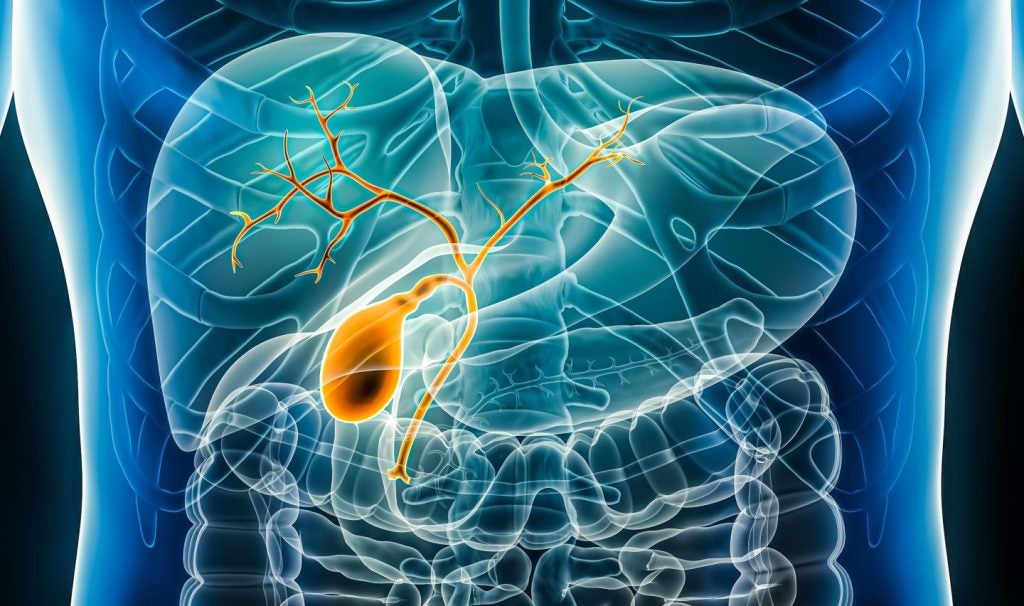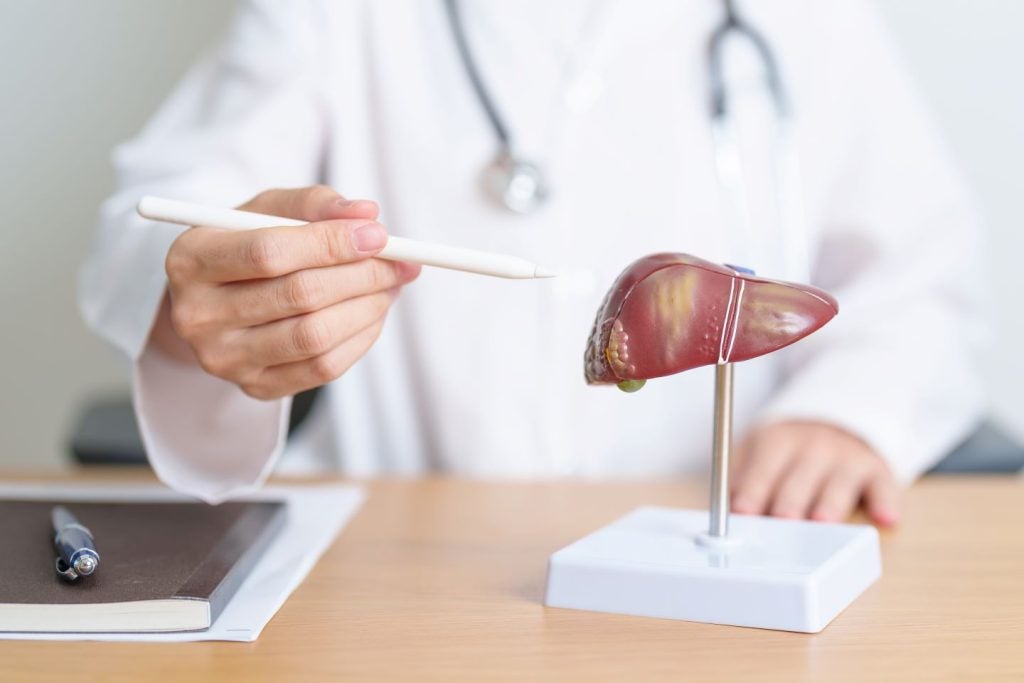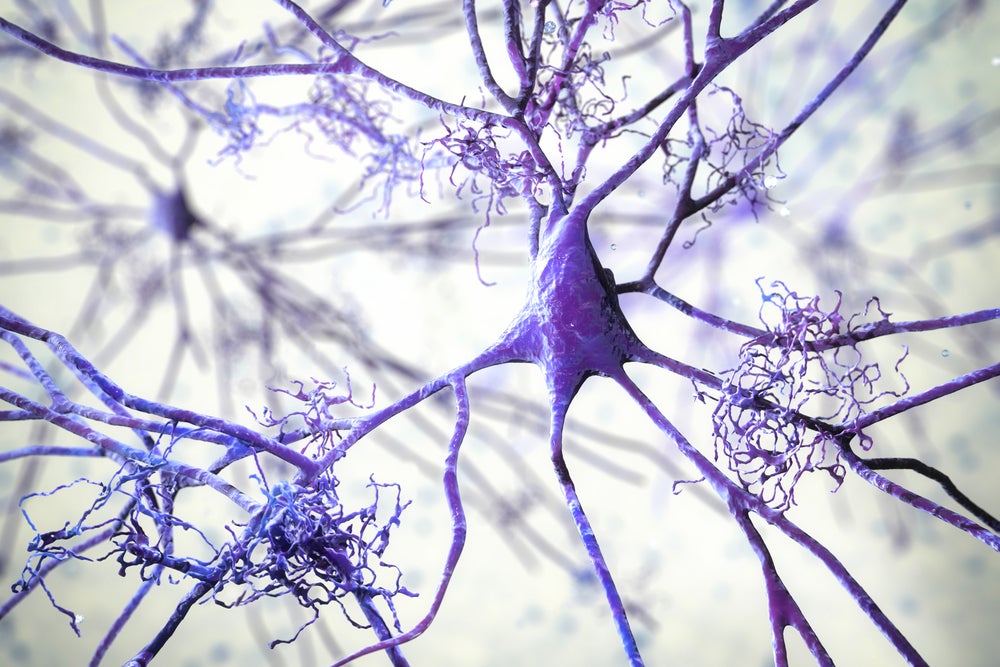The prevalence of diabetes is rising rapidly, and type 2 diabetes mellitus (T2DM), the most common form, affects over 160 million people in 2017.
Therapy focuses on improving diet and exercise, alongside drug treatment, with the aim of lowering blood glucose levels.
Type 1 diabetes mellitus (T1DM) is the other variant, and is characterized by hyperglycemia and an inability to produce insulin.
It is associated with early onset, often within childhood, and is unrelated to lifestyle and diet choices.
Uptake of SGLT2 inhibitors is increasing
In 2012, a new class of non-insulin drugs emerged on the market.
See Also:
Sodium glucose co-transporter-2 (SGLT2) inhibitors reduce blood glucose levels by blocking glucose reabsorption in the kidney.
How well do you really know your competitors?
Access the most comprehensive Company Profiles on the market, powered by GlobalData. Save hours of research. Gain competitive edge.

Thank you!
Your download email will arrive shortly
Not ready to buy yet? Download a free sample
We are confident about the unique quality of our Company Profiles. However, we want you to make the most beneficial decision for your business, so we offer a free sample that you can download by submitting the below form
By GlobalDataThese drugs are currently approved for use alongside in T2DM, and are under investigation in T1DM.
As SGLT2 inhibitors reduce hyperglycemia in an insulin-independent manner, they have a low risk of causing low blood glucose levels – a common side effect of many diabetes drugs, which can lead to loss of consciousness in severe cases.
The uptake of this drug class has been strong, with global sales revenues for the drug class exceeding $2.5 billion in 2016.
Cardiovascular, renal and weight loss benefits
SGLT2 inhibitors have recently been shown to reduce deaths from cardiovascular disease in T2DM.
Johnson & Johnson’s Invokana and Eli Lilly and Boehringer Ingelheim's Jardiance have shown significant reductions in cardiovascular deaths, of 13% and 38% respectively.
Invokana and Jardiance also reduce renal damage risks and facilitate weight loss in T2DM patients.
Following these results, Astra Zeneca’s ertugliflozin, which is currently at the pre-registration stage for T2DM, has now adopted a second experimental endpoint to investigate any similar cardiovascular benefits.
Treading Carefully: Do the benefits outweigh the risks?
However, SGLT2 inhibitors are not without their disadvantages.
Invokana has been shown to cause a twofold increased risk of amputation in the lower extremities in T2DM. This risk is currently unique to Invokana in the SGLT2 market, as more data available to date has put at rest amputation fears in other leading SGLT2 inhibitors such as Jardiance.
There is now a move to investigate the safety and efficacy of SGLT2 inhibitors in T1DM treatment, as a result of successes in the T2DM market.
However a recent systematic review and meta-analysis of SGLT2 receptor inhibitors in T1DM patients, showed increased risk of ketoacidosis, a potentially fatal complication, as a result of low insulin and hyperglycemia.
For SGLT2 inhibitors to be approved in T1DM, examination for these risks alongside cardiovascular benefits and/or amputation risk as seen in T2DM, will be required.








Related Company Profiles
Eli Lilly Holdings Limited
Boehringer Ingelheim International GmbH